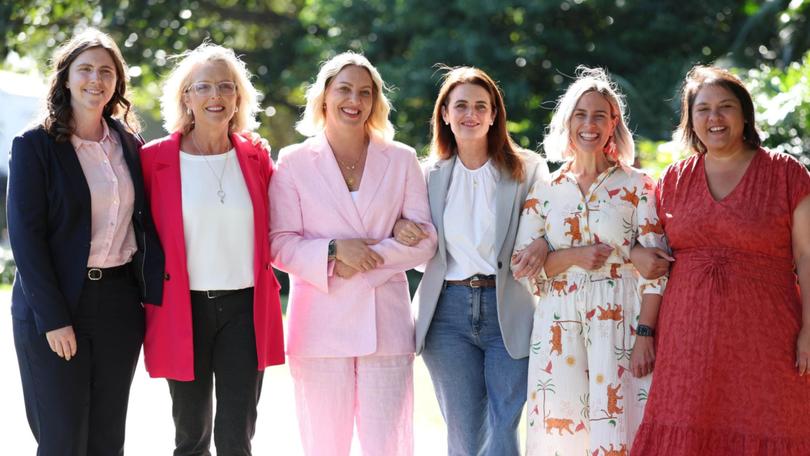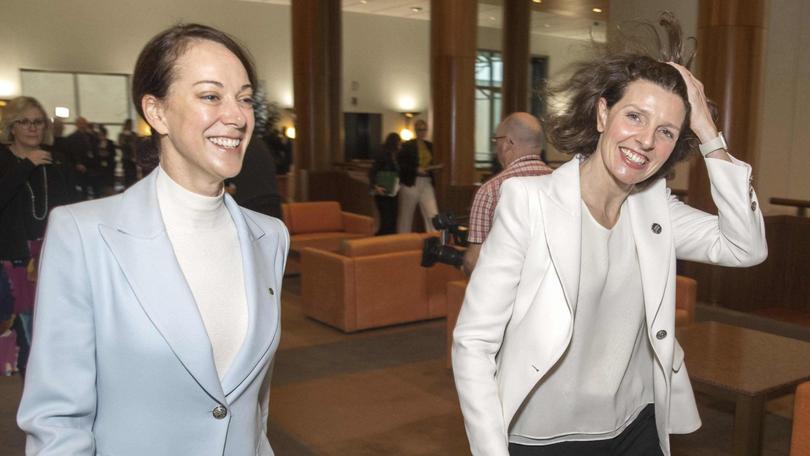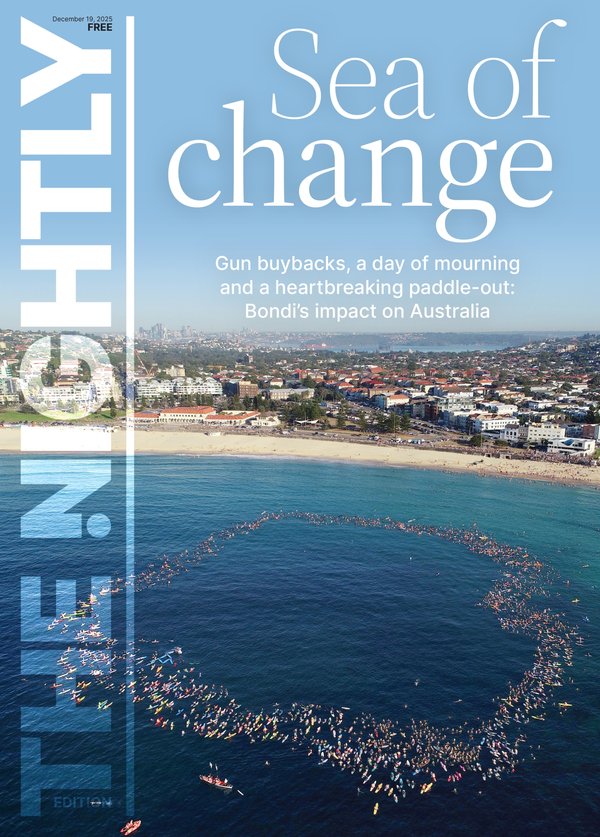Federal election 2025: 48th Australian parliament to include record-breaking number of women

A record number of women will represent Australians in the next term of government, with female MPs set to soar between 66 and 74 out of a total 150 seats.
The figure is a considerable uptick from the then record-breaking 58 women who were elected to the 47th parliament, while just 40 women were elected under the Morrison-led 46th parliament in 2019.
In the House of Representative, Labor has increased its female representation to 47 MPs out of a confirmed 87, meaning the number of female MPs outnumbers male MPs (40).
Sign up to The Nightly's newsletters.
Get the first look at the digital newspaper, curated daily stories and breaking headlines delivered to your inbox.
By continuing you agree to our Terms and Privacy Policy.New faces set to enter parliament this year include Barton’s Ash Ambihaipahar, who retained the seat of former Indigenous minister Linda Burney for Labor, Claire Clutterham, who flipped the Adelaide seat of Sturt, and Ali France, who defeated Liberal leader Peter Dutton in Dickson.
Meanwhile, the Coalition has seven female MPs out 39, a decrease from its 2022 result of nine.
The drop in numbers is largely due to the election losses of former Hughes MP Jenny Ware and Bass MP Bridget Archer, and the retirements of McPherson MP Karen Andrews and Forrest MP Nola Marino.
While the safe Liberal seats of McPherson and Forrest were retained by the Coalition, candidates preselected for the seats were both male.
Seven of the 10 confirmed independents set to enter parliament this term are also women, including Fowler MP Dai Le, Mackellar MP Sophie Scamps, Warringah MP Zali Steggall, Wentworth MP Allegra Spender, Mayo MP Rebekha Spender, Indi MP Helen Haines and Curtin MP Kate Chaney.

While the current count for confirmed female MPs is 62, four of the nailbiting races for the 14 seats still in doubt are being contested between two women, meaning the 48th parliament will have at least 66 female MPs.
However, that number could increase to near parity at 74, depending on the final results in Bean, Bendigo, Longman, Melbourne, Goldstein, Monash, Bullwinkel, and Fremantle.
Speaking to the ABC, retired Liberal senator Linda Reynolds said a lack of gender diversity – a long-running issue in the party – was one of the reasons for the Liberals’ crushing loss.
However despite previous probs into gender representation, the reviews have just “sat on a shelf”.
Ms Reynolds said the party needed to have “hard conversations” into how it increases gender diversity in the party.
“Quite frequently women get pre-selected into seats that are very difficult to win, so when they do win they’re the first to lose when there’s an electoral swing,” she said.
“As a party, we’ve been slow to understand that women bring great benefits to the party, women are fabulous local members.”
Originally published as 48th Australian parliament to include record-breaking number of women following 2025 election
